Convex lenses
I can use a convex lens to form an image on a screen, and describe how the image can vary depending on the object distance.
Convex lenses
I can use a convex lens to form an image on a screen, and describe how the image can vary depending on the object distance.
These resources will be removed by end of Summer Term 2025.
Lesson details
Key learning points
- Convex lenses can produce an inverted image on a screen by refracting light.
- Rays parallel to the principal axis are refracted to the principal focus, located at the focal length of a convex lens.
- The image distance and size (magnification) depend on the power of the lens and the object distance.
- As the object distance decreases, the image distance and size both increase, until the object reaches the focal length.
- If the object is too close to the lens, the rays leaving the lens are parallel/diverging, images can't form on a screen.
Keywords
Diminished - Diminished means smaller than an object’s real size. It is the opposite of magnified.
Convex - A convex shape bulges ‘out’ rather than bulging ‘in’ (concave).
Principal focus - Rays of light incident on a convex lens parallel to the principal axis are focused to a point called the principal focus.
Focal length - The focal length is the distance from the centre of the lens to the principal focus.
Lens power - The greater the power of a lens, the greater the angles through which light is refracted and the shorter the focal length.
Common misconception
Pupils often think there is only one ray of light for each point of light on the image.
Teach explicitly about many rays of light from each point on an object being brought together to form a bright spot on the image.

Content guidance
- Risk assessment required - equipment
Supervision
Adult supervision required
Licence
Starter quiz
6 Questions
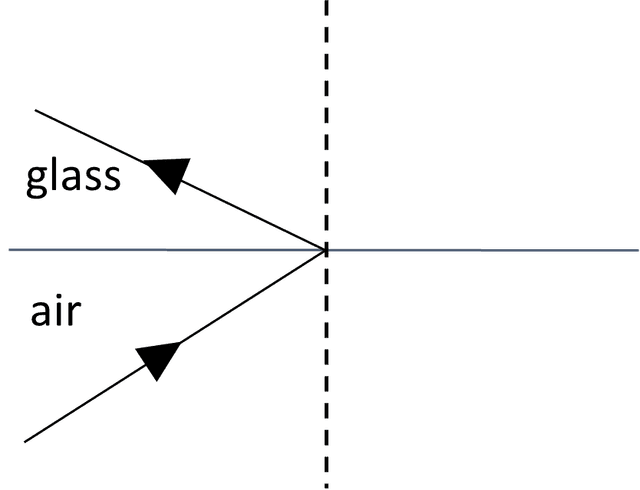
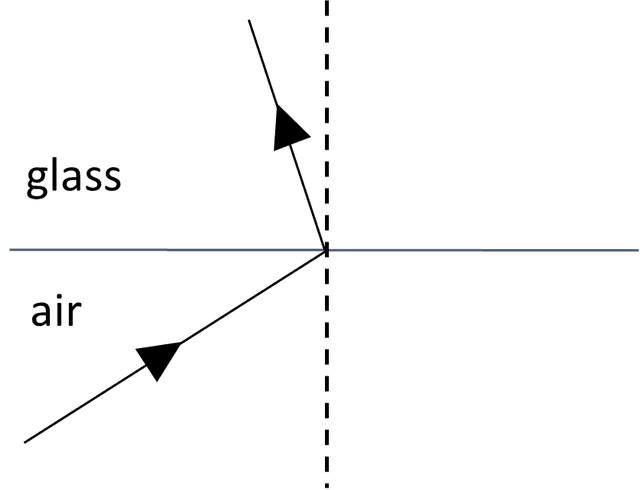

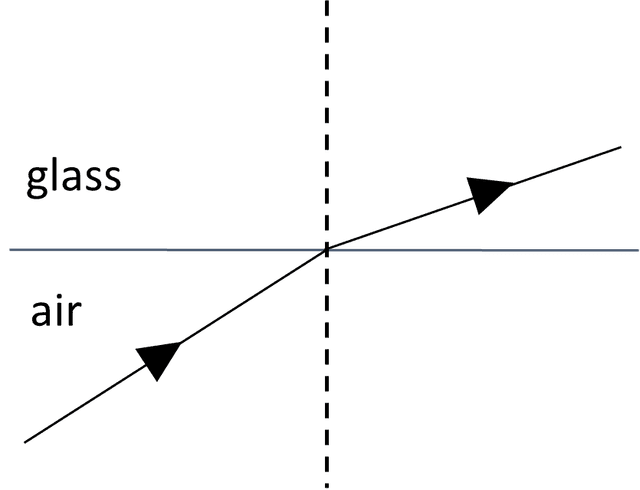
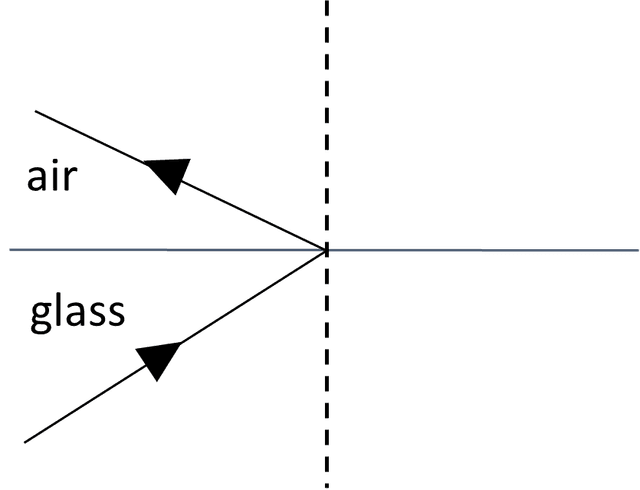
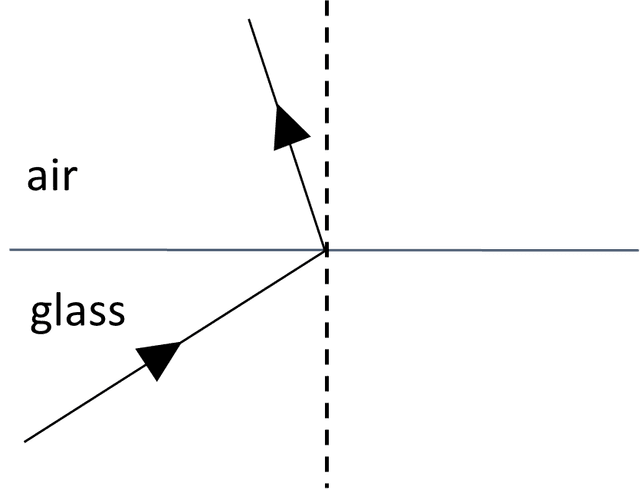
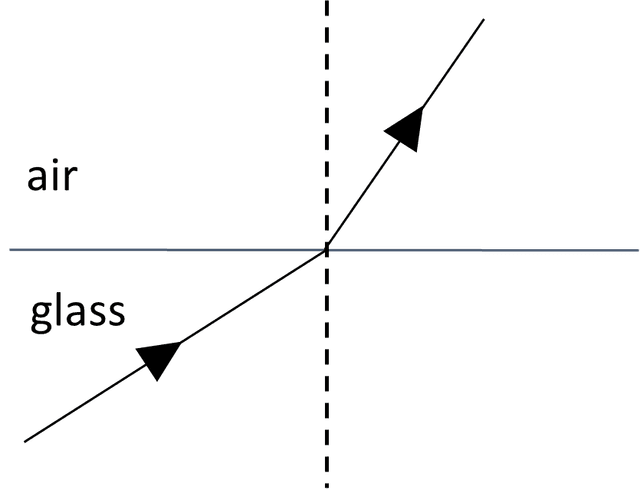
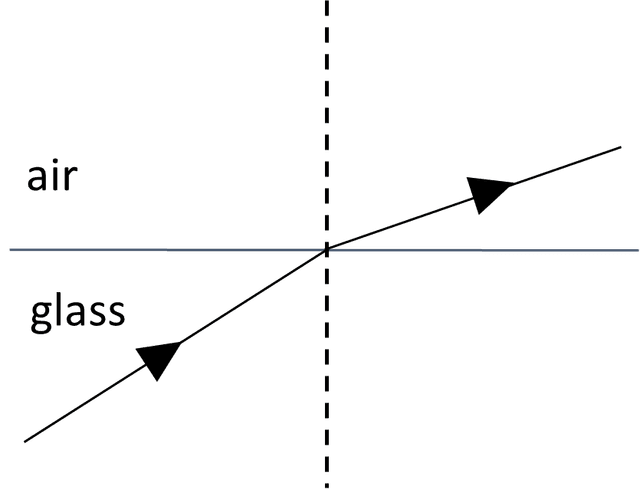

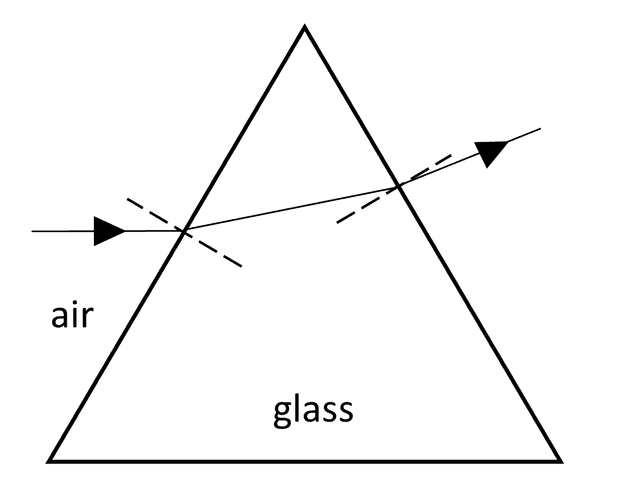
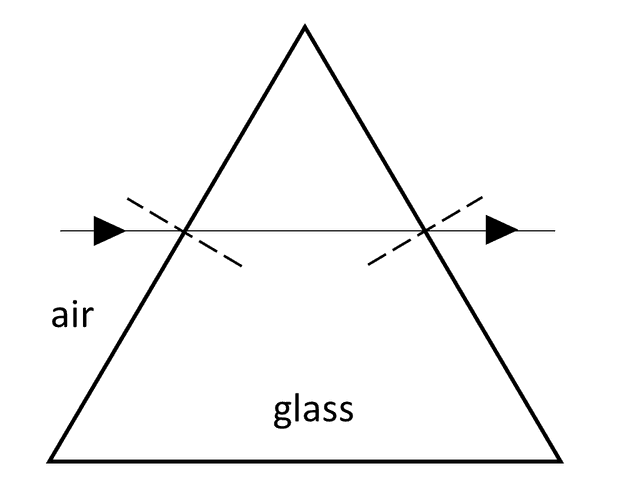
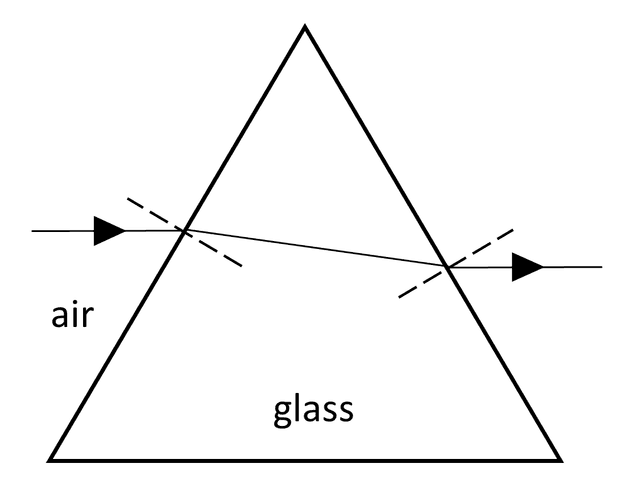
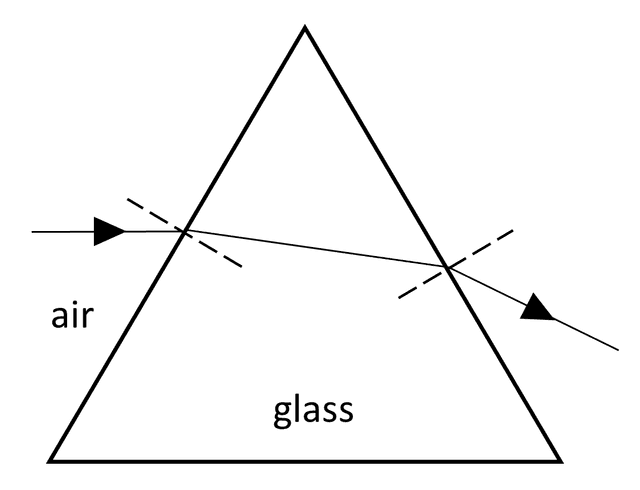
Exit quiz
6 Questions
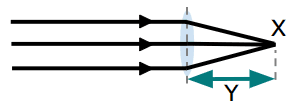
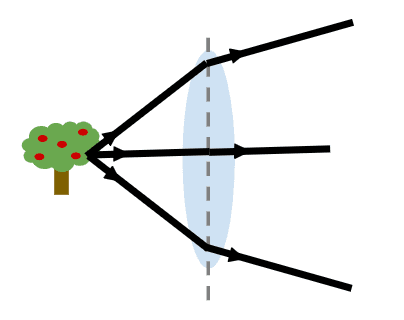
Image located between f and 2f, and is diminished.
Image located at 2f, and is life–size.
Image located further away than 2f, and is magnified.
No image forms as rays leaving the lens are parallel.
No image forms as rays leaving the lens are diverging.



